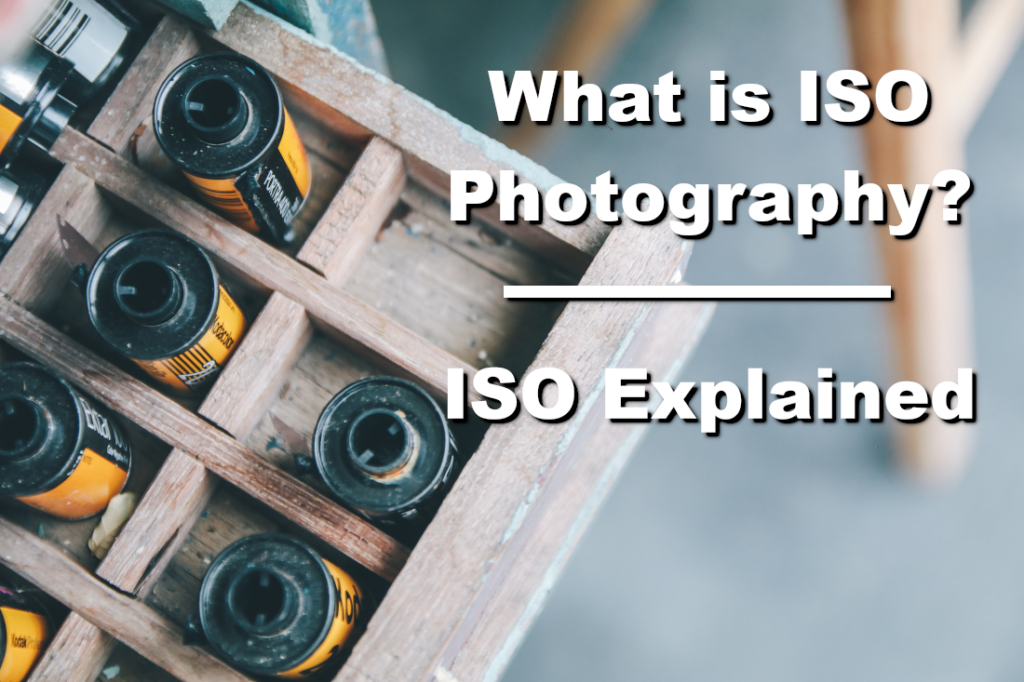Those of us that are older than we’d like to admit remember looking at rolls of film at the drugstore trying to decide whether to buy the roll with 200 or 800 on it. Those days are long gone, but ISO still matters. Modern digital cameras have an incredible range of ISO settings. They can be lower than 100 or over 50,000. But what is ISO and why does it matter?
In this article, we’ll go over everything you need to know about ISO.

